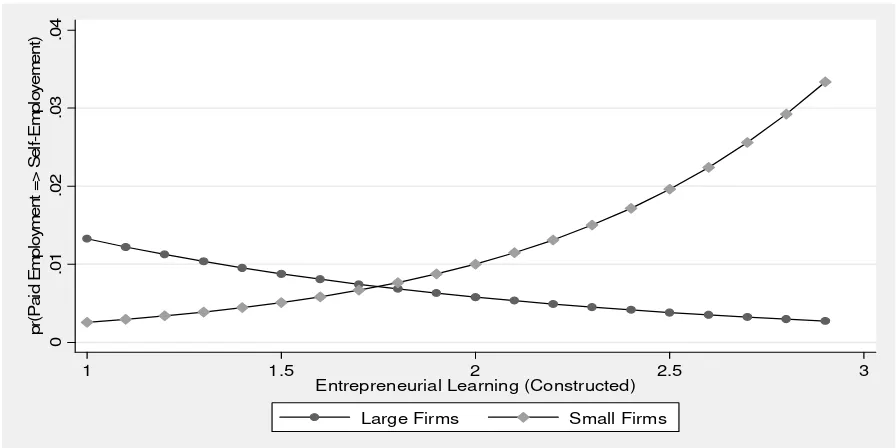Why do Employees Leave Their Jobs for Self Employment? – The Impact of Entrepreneurial Working Conditions in Small Firms
Full text
Figure




Related documents
Observation 2 In the linear Cournot example, a firm’s vertical integration increases its own investments and decreases the competitor’s invest- ments (intimidation effect)..
We hypothesised that compared to people without chronic mental illness (CMI), people with CMI would be more likely to have experienced each type of IPV (emotional, physical and
These include pipe shoes, guides, anchors, hangers, spring supports, base supports, supports for vertical lines, stainless steel pipes, cold insulated pipes, small bore pipes (≤ 1
We submit our commands as jobs to a job scheduler and the job scheduler finds an available node for us having the sufficient resources ( cores & memory.).. 7
Lastly, measurement method appeared to mod- erate racial effects on academy training performance as effect sizes were larger overall for subjective ( d ⫽ 0.51) versus objective ( d
Our working hypothesis is that pro- cessing aspects of a second language that differ fundamentally from the first language will recruit broader neural resources than those employed
At Perupun Payeh Telipa (PPT), close to.. Pa'Dalih, Eugeissona pollen grains first appear after a radiocarbon age of 5300-4900 cal. BP and might correspond to
Finally, the “Schumpeterian hypothesis” turns out to be significantly and homogeneously confirmed by our empirical analysis: larger firms are more likely both to engage in